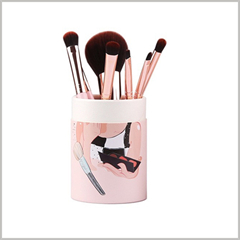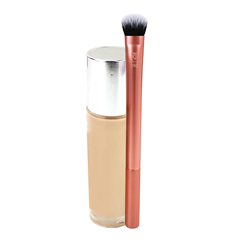Chinese brush painting is a traditional art form with a rich history dating back thousands of years. It emphasizes the use of brush and ink to create elegant and expressive artworks. Below are some key techniques and tips for exploring Chinese brush painting:
1. Brushwork:
- Hold the Brush Lightly: Chinese brush painters hold the brush lightly to achieve graceful and fluid strokes. This allows for better control and sensitivity to the paper.
- Vary Pressure: Experiment with varying pressure on the brush to create thicker and thinner lines. This technique is called “press and lift” and is often used to create tapered lines in bamboo, tree branches, and other elements.
2. Ink and Water:
- Ink Dilution: Chinese ink comes in solid form. To use it, grind a small amount of ink with water on an inkstone to achieve the desired consistency. The more water you add, the lighter the ink will be.
- Water Control: Proper control of the moisture level in your brush is essential. You can adjust the brush’s wetness by lightly tapping it on the edge of your inkstone or a cloth to achieve different effects.
3. Stroke Techniques:
- Contour Stroke (Outline): This is a steady, continuous stroke used for outlining shapes and objects in a painting.
- Dotting Stroke: Create texture and shading by using tiny dots. Dots can represent leaves, petals, or other small details.
- Dry Brushing: Use a dry brush to create textured or rough areas in your painting. This is often used for representing tree bark, rocks, or rough terrain.
- Splattering: Dip your brush into ink and then flick it to create a splatter effect. This can add texture or represent distant rain or mist.
- Wash and Blend: To create soft washes and gradients, apply a light stroke of ink and then quickly wash your brush with clean water and blend the ink on the paper.
4. Color and Composition:
- Traditional Chinese brush painting primarily uses monochromatic ink. However, you can introduce color with watercolor or ink-wash techniques. Be mindful of the color harmony and balance in your composition.
- Chinese brush paintings often feature elements like mountains, trees, rivers, and animals. Study traditional Chinese landscape painting and nature to understand the traditional subject matter.
5. Paper and Mounting:
- Chinese brush paintings are typically done on rice paper (Xuan paper), which has a unique absorbency and texture. Experiment with different types of rice paper to see how they affect your painting.
- After completing your painting, you can mount it on a silk backing to protect and display it. This is a traditional practice that adds to the artwork’s elegance.
6. Study and Practice:
Chinese brush painting is a meditative and contemplative art form that requires patience and practice. As you explore these techniques and develop your skills, you’ll discover the unique beauty and expressiveness of this ancient art.














